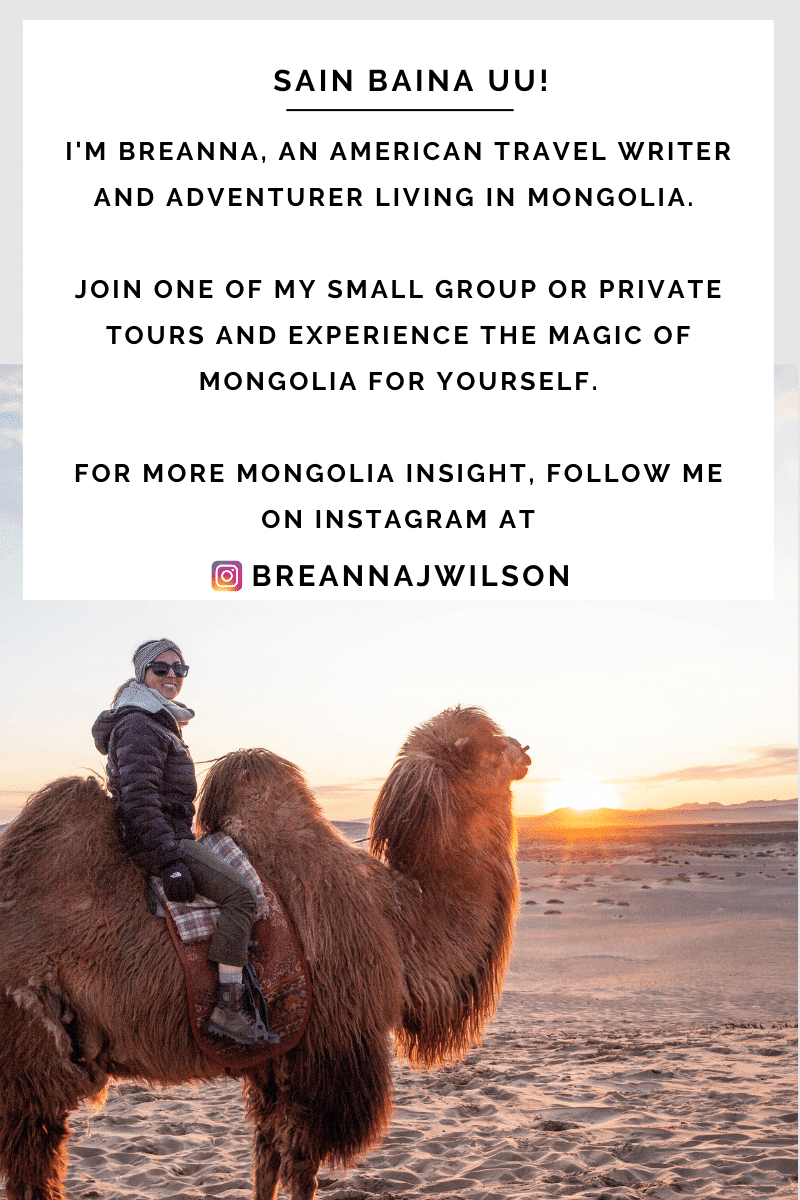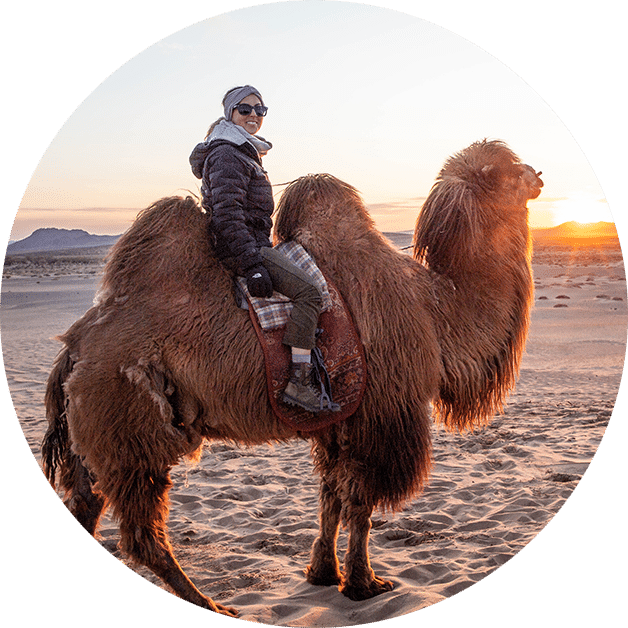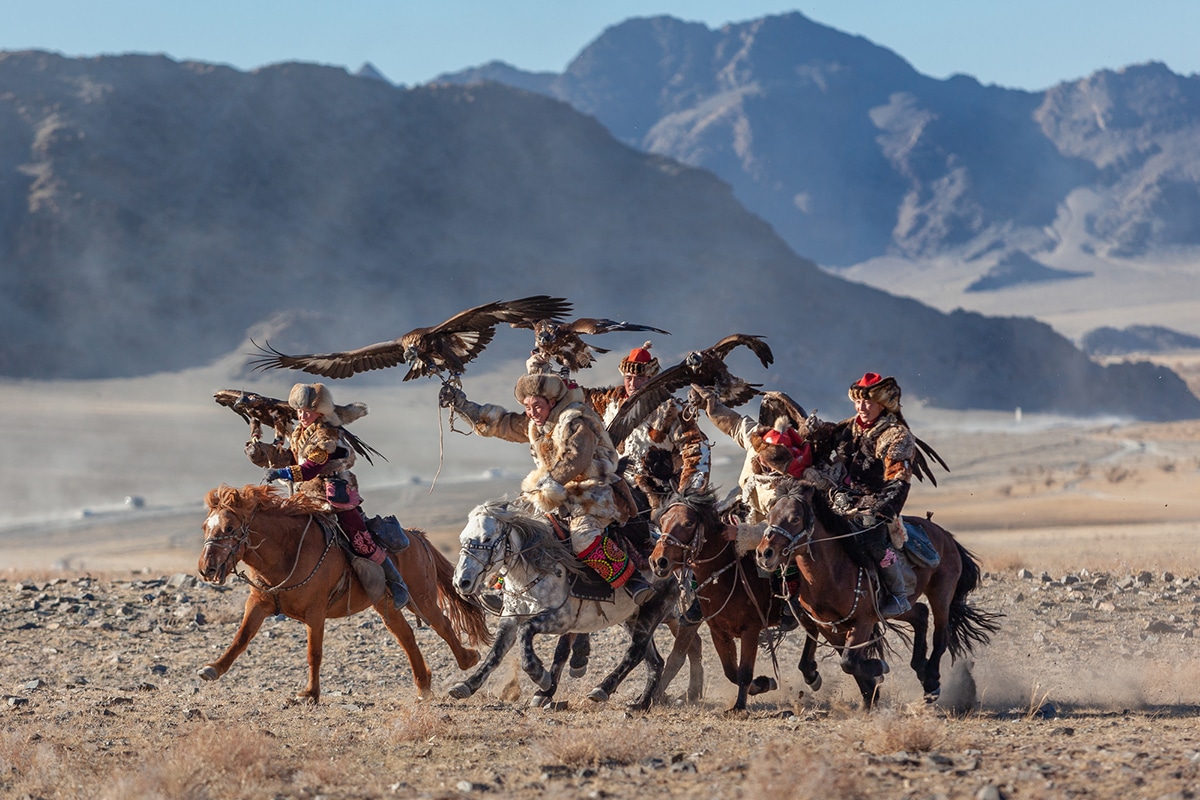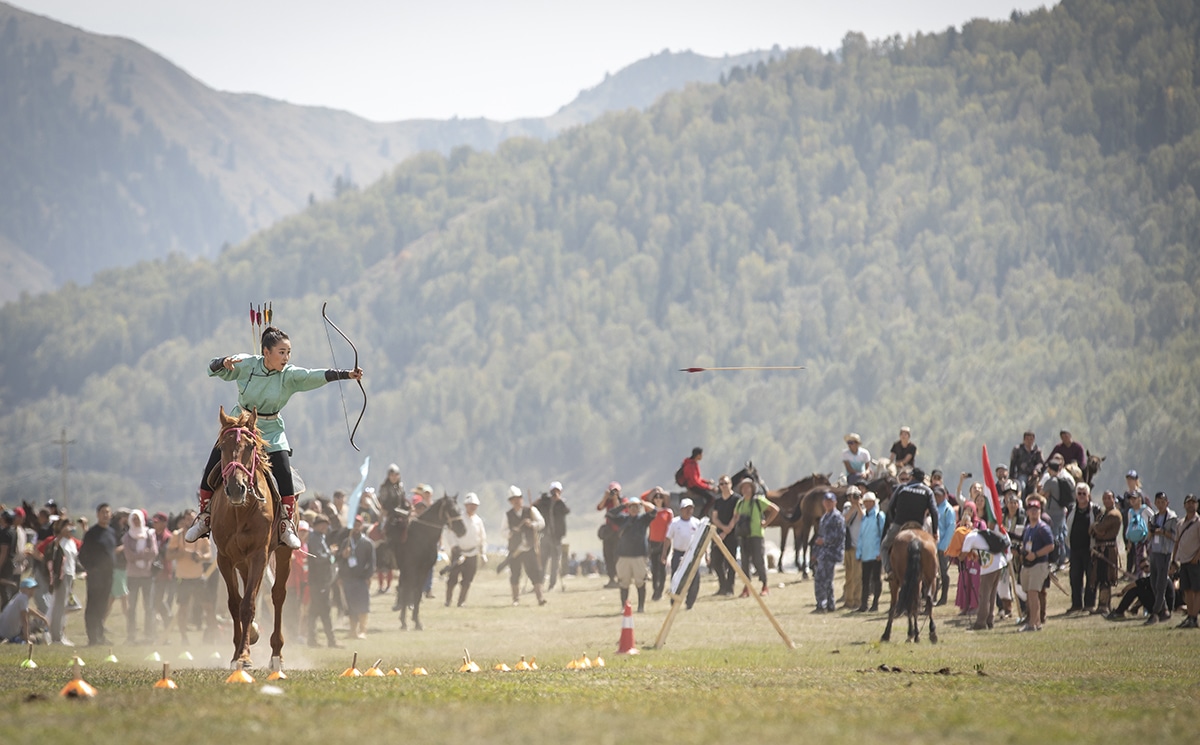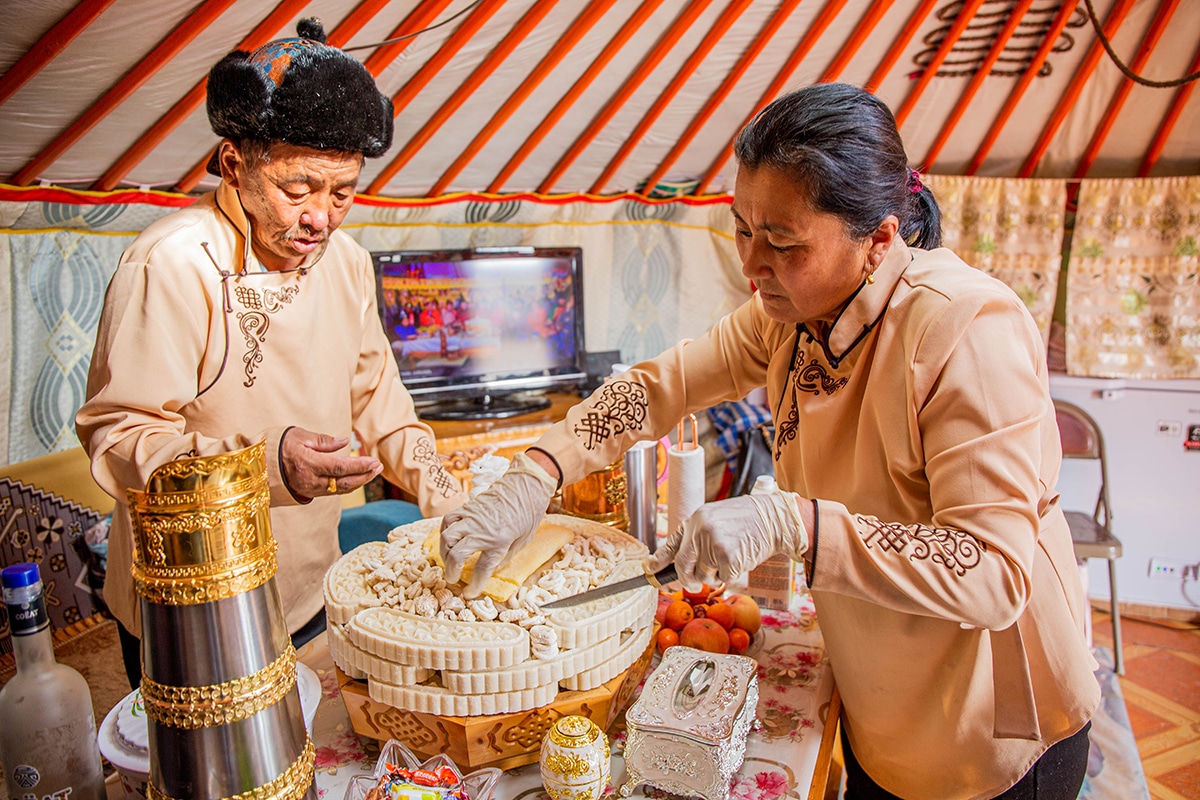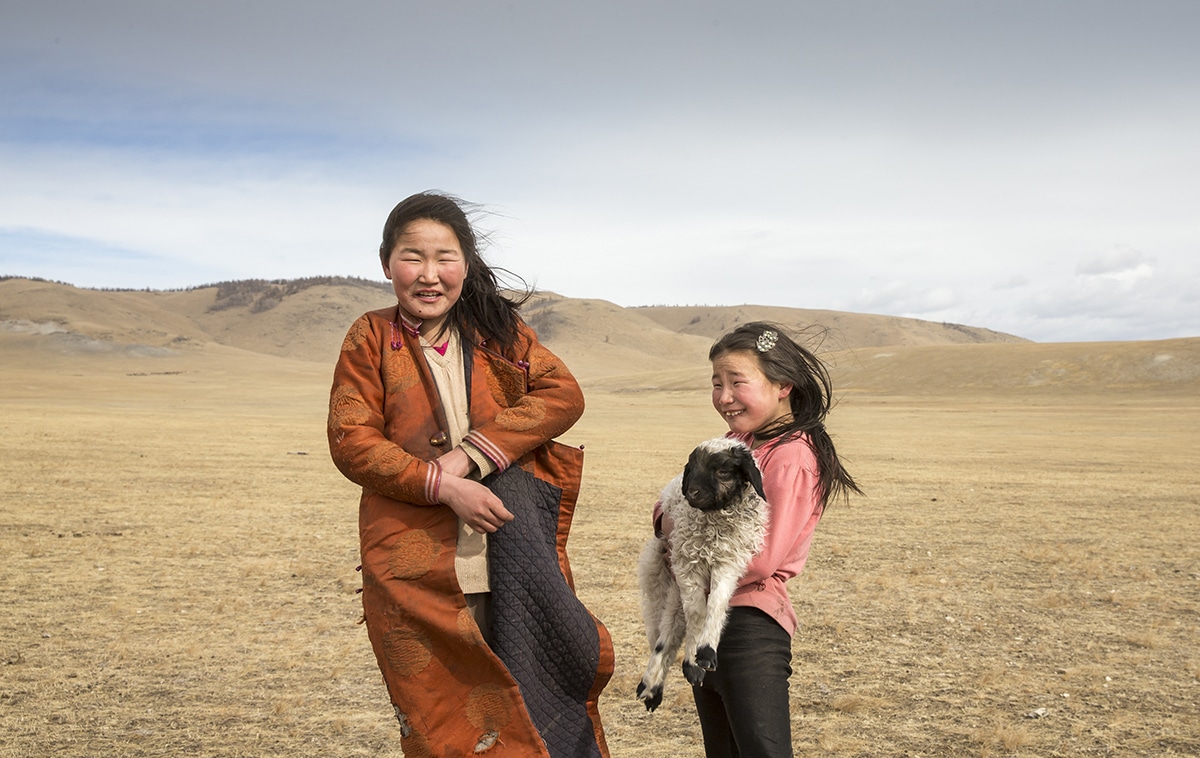National Festivals, Holidays, and Important Dates in Mongolia to Plan Your Trip Around
Naadam, Tsagaan Sar, Chinggis Khaan’s Birthday, and more important dates to plan a trip to Mongolia around.
- January 23, 2023
Table of Contents
Mongolia is a country full of national festivals and holidays that are celebrated throughout the year.
From the Lunar New Year in January or February, depending on the Mongolian Lunar Calendar, to the Naadam Festival in July, Mongolian culture is steeped in national pride and celebration.
These national festivities draw locals from all over the country as well as international visitors who come to experience traditional music, dance, traditional Mongolian food, craftsmanship and more.
Each national holiday or festival has its own unique meaning and significance which can be traced back hundreds of years into Mongolia’s rich history. In this article we will explore some of these national festivals and their dates on Mongolia’s calendar so you can plan your visit accordingly.
National Festivals and Holidays
In a year, Mongolia has eight legal holidays. They are:
- New Year’s Day
- Tsagaan Sar/Mongolian Lunar New Year
- International Women’s Day
- Children’s Day
- Naadam National Festival
- Chinggis Khaan’s Birthday/National Pride Day
- Republic Day
- Independence Day of Mongolia
Many people agree that the best time to visit Mongolia is in July for the Naadam National Festival. It’s a time when the country practically shuts down and most families head to the countryside to celebrate the three manly sports – horse racing, archery, and wrestling.
Looking for the Eagle Festival, Camel Festival, and Ice Festival dates? You’ll find information on these festivals in our Mongolia Travel Guide.
National Festival Dates, Public Holidays, and Important Information
New Year’s Day
When: January 1
While Mongolians don’t celebrate Christmas, it’s still common to see Christmas trees decorated throughout homes and businesses in Ulaanbaatar – with gifts underneath, and all. Instead, on New Year’s Day, families exchange gifts and welcome in the new, prosperous year, in that way.
Tsagaan Sar/Mongolian Lunar New Year
When: the first day of spring on the Mongolian Lunar Calendar, typically late-January to mid-February
Tsagaan Sar, also known as Mongolian Lunar New Year, or the White Moon, marks the beginning of spring.
Families go to the homes of their elders, in order of age (oldest first) to pay their respects. In preparation for this day, families make thousands of buuz, the meat-filled dumplings that are a staple Mongolian food.
The holiday marks the arrival of spring after a long, harsh winter. It’s the most sacred festival of the year in Mongolian culture.
Preparation for Tsagaan Sar begins weeks before, and the day before the Lunar New Year is called “bituun,” or no moon day. During bituum families begin preparing feasts and plates of stacked cookies with candies and dried curds are set out.
International Women’s Day
A widely celebrated holiday in countries that were once a part of the Soviet Union, International Women’s Day is still an important holiday in Mongolia.
Celebrated for more than a century, the event commemorates the struggles and successes of women across all ages, nationalities, and backgrounds. In Mongolia, the day is marked by national festivities such as parades, concerts, exhibitions and special events.
Men often buy flowers for the special women in their lives and seeing them walk through the city with bouquets in hand is one of the most heartwarming things to see on this day.
Children’s Day
When: June 1
Children’s Day is celebrated each year on June 1 in Mongolia. The day is filled with fun activities and celebrations and is called Эх үрсийн баяр in Mongolian language.
Traditionally, families come together to give gifts to their children, ranging from toys and sweets to more practical items like clothing and educational supplies.
If you’re in Ulaanbaatar during Children’s Day, head to Sukhbaatar Square where kid-focused activities take over the city center. It’s here where you’ll find people singing, dancing, and enjoying the beautiful June weather during Children’s Day.
Mother’s Day
When: June 1
Mother’s Day is also celebrated on June 1st in Mongolia, the same day as Children’s Day.
While much of the attention is given to the children during this day, mothers will still receive flowers and gifts. It’s a day to honor mothers and their unwavering love, care, and sacrifice for their children and families.
Naadam National Festival
When: July 11-13
Naadam is Mongolia’s most important national festival. The festival takes place annually from July 11 – 13 and focuses on the ‘three manly sports’: horse racing, wrestling, and archery.
The festival has an Opening Ceremony that’s broadcast on national television and includes a parade, dancing, and singing. The Opening Ceremony is held at the National Central Stadium in Ulaanbaatar and tickets for the ceremony are very limited and hard to come by. To get a ticket to the Naadam Opening Ceremony as a tourist, it’s best to book a Naadam tour with one of the local tour companies.
The festival dates back to the days of Genghis Khan when he used these games to keep his warriors in fighting shape between battles. Today, the festival carries on for around two weeks. During this time, locals escape the heat of Ulaanbaatar and go to the countryside to celebrate, typically in the province they’re from.
Because everyone escapes to the countryside, Ulaanbaatar is empty of crowds and many businesses are closed. This is also the most expensive time of year for tourists to travel to Mongolia, everything from hiring drivers and private guides will come at a premium daily rate.
Interested in experiencing Mongolia’s biggest national festival for yourself? Join our Naadam tour.

Chinggis Khaan’s Birthday/National Pride Day
When: the first day of winter on the Mongolian Lunar Calendar, typically mid to late-November
Chinggis Khaan, or Genghis Khan as he’s known as around the world, is still the world’s most influential Mongolian.
Today, Mongolians celebrate his birthday on the first day of winter according to the lunar calendar. Researchers found that this was more accurately his birthday, compared to the date in May many people associate with his birthday.
During this national holiday, a parade happens early in the morning in Sukhbaatar Square. The parade is known most for the procession of the Nine White Banners that takes place, where the spirit banners of the Great Khan are ceremoniously paraded through the square. Respects are paid to the statue of the Chinggis Khaan statue located in front of the Parliament Building and a wrestling tournament between Mongolia’s most famous and respected wrestlers takes place.
Republic Day
When: November 26
Mongolia celebrates Republic Day annually on November 26, marking the day when the Mongolian People’s Republic adopted the first Constitution of Mongolia. This was done on this day in 1924, effectively making them the world’s second communist country.
Independence Day of Mongolia
When: December 29
Mongolia’s Independence Day is celebrated every year on December 29 as the day Mongolia claimed independence from the Qing dynasty in 1911. It was in this year when the last Bogd Khaan of Mongolia began his eight year rule before China once again occupied the country. Mongolia would claim its independence again two years later in 1921.
One this public holiday, military processions and flag raising ceremonies most notably take place in front of the Parliament Building.
The Best Time to Experience Mongolian Culture
Mongolia’s national festivals and public holidays are a great way to celebrate the history, culture, and traditions of this unique country. From Tsagaan Sar in February to Independence Day in October, these national holidays provide an opportunity for people from all walks of life to come together as one community united by their shared values and beliefs. Whether you’re looking for something fun or meaningful to do with your family or friends, Mongolia has plenty of options when it comes to national celebrations that will leave you feeling proud and inspired. So why not take some time out of your busy schedule today to enjoy one of Mongolia’s national festivals? You won’t regret it.
Author: Breanna Wilson
Hi! Sain uu! I’m Breanna, an American travel writer and adventurer living in Ulaanbaatar, Mongolia for more than 5 years. I’ve written for and been featured in Condé Nast Traveler, CNN, Forbes, and the New York Times, among others. Read more of my Mongolia travel articles here.
Join my Private Travel Group on Facebook
Proudly Based in Ulaanbaatar, Mongolia
© 2024 Meanwhile in Mongolia

